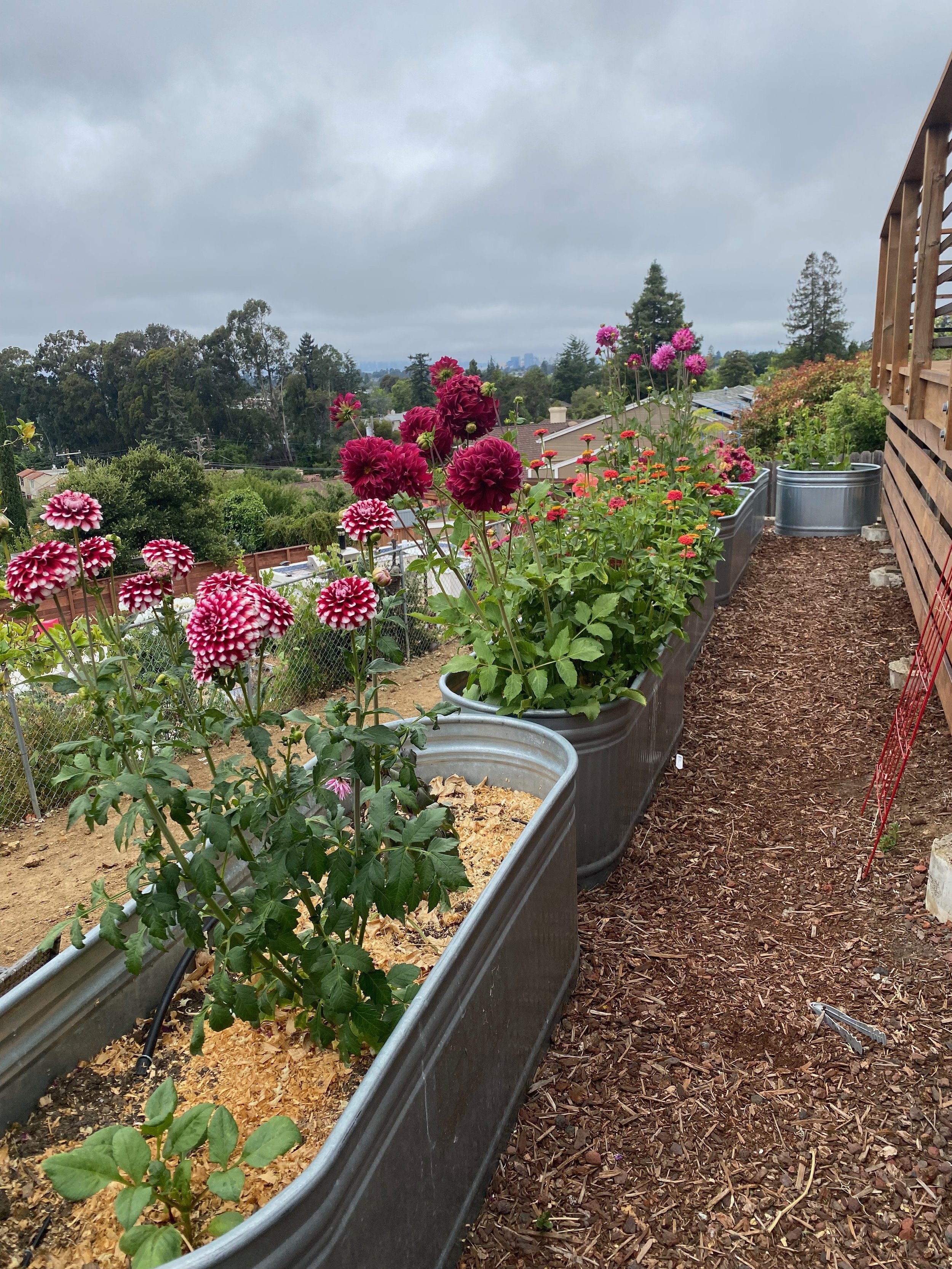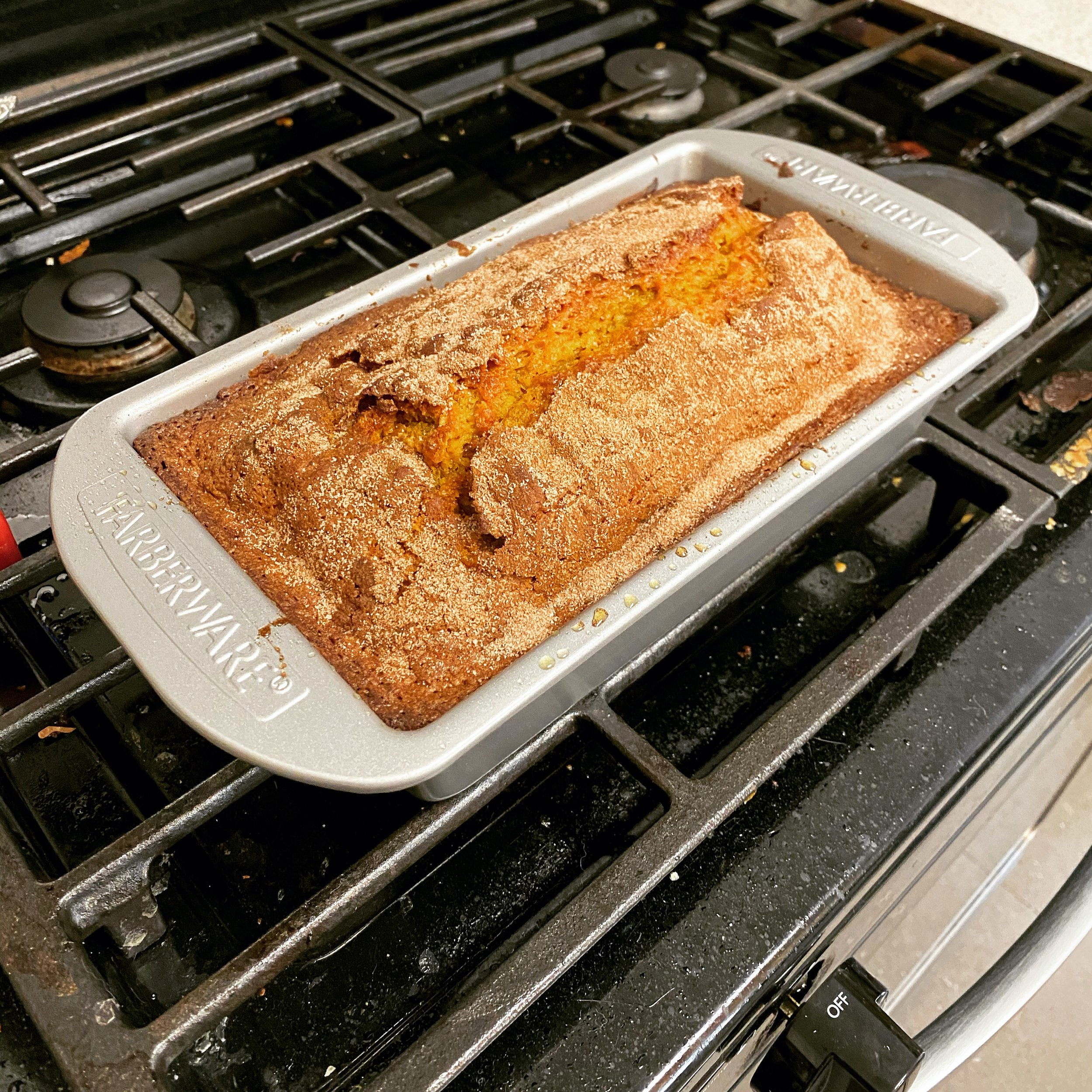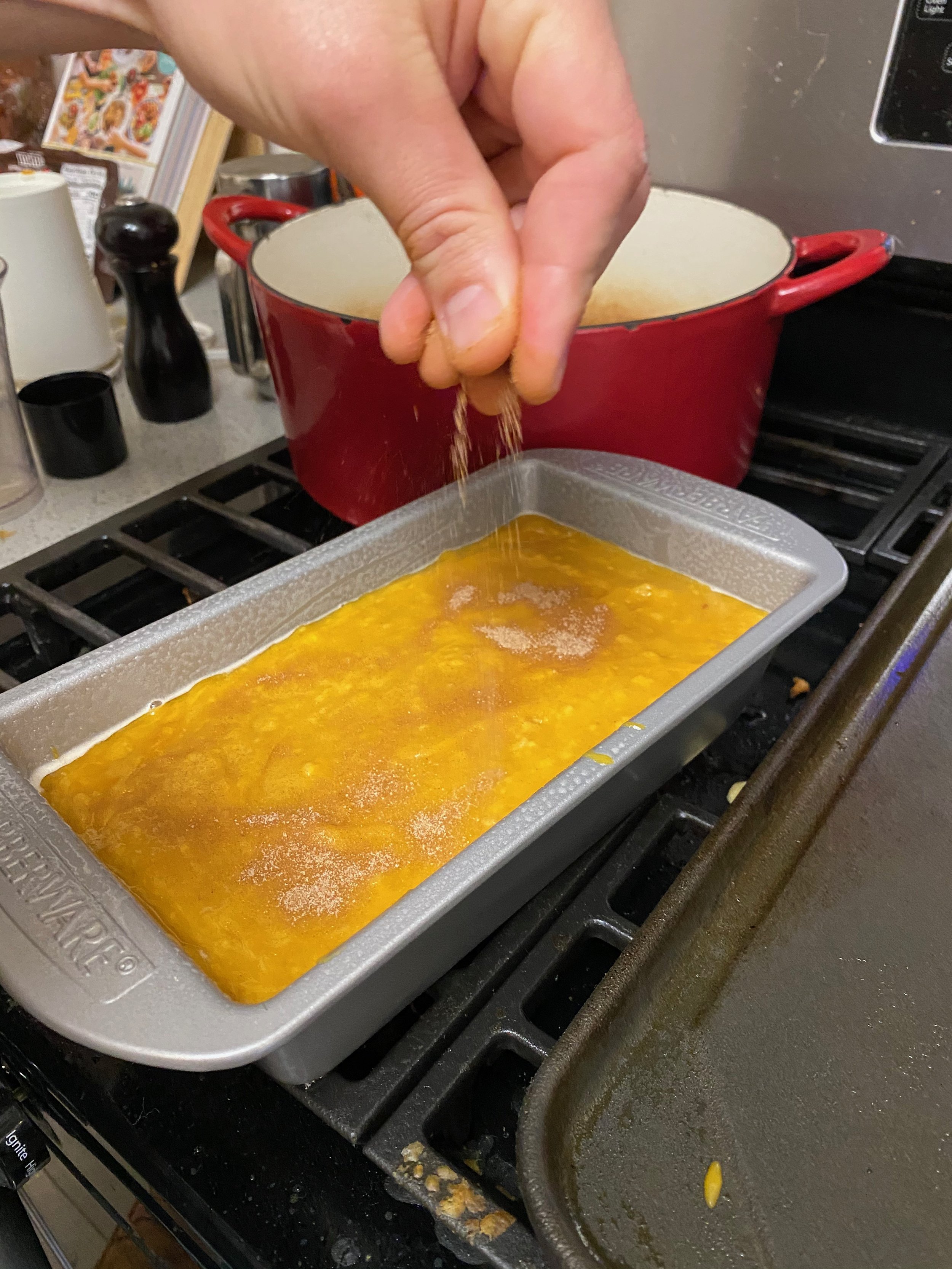by Kelly Knight, Marketing Manager for The Good Table
From the Kitchen
Something I’ve been thinking about this week is about how rude New Year’s resolutions are. After the indulgence and coziness of December, the expectation that we’ll all just jump into goal-setting and capitalistic productivity just seems like a vast disconnect. No disrespect if that’s your vibe, but it’s always just seemed so weird to me that we’ve collectively decided, somewhat arbitrarily, that January is the time to optimize for our best selves.
It’s winter. Winter is a time for hibernation, for rest, for nestling ourselves in blanket forts with good books. One of my favorite writers, Helena Fitzgerald of Griefbacon, writes:
Winter … offers permission to turn away, to nest, to build forts and climb into the imagined worlds within them.
In winter I remember all the movies I always mean to get around to watching. It’s a good time for sitting down with multi-part epics and three-hour grand undertakings. I make up little thematic film festivals in my own home and drown the day in them. It’s easier to focus on a screen or a page indoors when outdoors is a cold, blank void. The sense of waiting that winter offers is sometimes a comfort. This is a time to plant and plan and not yet expect anything from the frozen ground. Here, work and love can be interior and unseen, burrowing through a long night, keeping warm and making plans for when springtime comes. Winter is comforting in a perverse way, but it’s still comforting all the same, huddled up in small spaces, making blanket forts and cooking a spicy heavy stew so that the house smells like an embrace, and then watching all the Matrix movies in one day without even feeling a little bit guilty.
Instead of hopping right back into an exercise routine, a diet, or a bunch of habits I’ll probably leave behind by March, I’m going to embrace the concept of Gentle January.
I’ve seen this term around Instagram. It’s best encapsulated by this post:
My own Gentle January project is making toast. Toast is my coziest food - when I’m sick or sad, I reach for toast. But to make it interesting, I’ve been exploring toppings. As it turns out, toast is the perfect vehicle for pretty much anything! (Open secret: it’s basically an open-faced sandwich.)
Here are some of the toasts I’ve made during Gentle January:
From left to right, in rows, from the top:
1. Boursin garlic & herb cheese spread, homemade pickled red onions, manzanita olives, skipjack tuna
2. Cream cheese, roasted red peppers from a jar, crispy chickpeas
3. Cucumber, cream cheese, Trader Joe’s “Everything But the Bagel” seasoning
4. NuttZo nut butter, raspberries, hemp hearts
5. Goat cheese, beluga lentils, chives
6. Avocado, homemade pickled red onions, crispy chickpeas
7. Boursin garlic & herb cheese spread, homemade pickled carrots, fresh dill
8. Cream cheese, Fig & Apple tart cherry & white tea preserves
9. NuttZo nut butter, banana, shaved chocolate
There are endless variations, and it’s a pretty low barrier to entry to try this. You probably have a bunch of things on-hand to try. So if you’re looking for a snack or easy meal, try toast. Also, keep your twinkle lights up for January, if you haven’t taken them down already. Why not?
Have a great Gentle January everyone!





